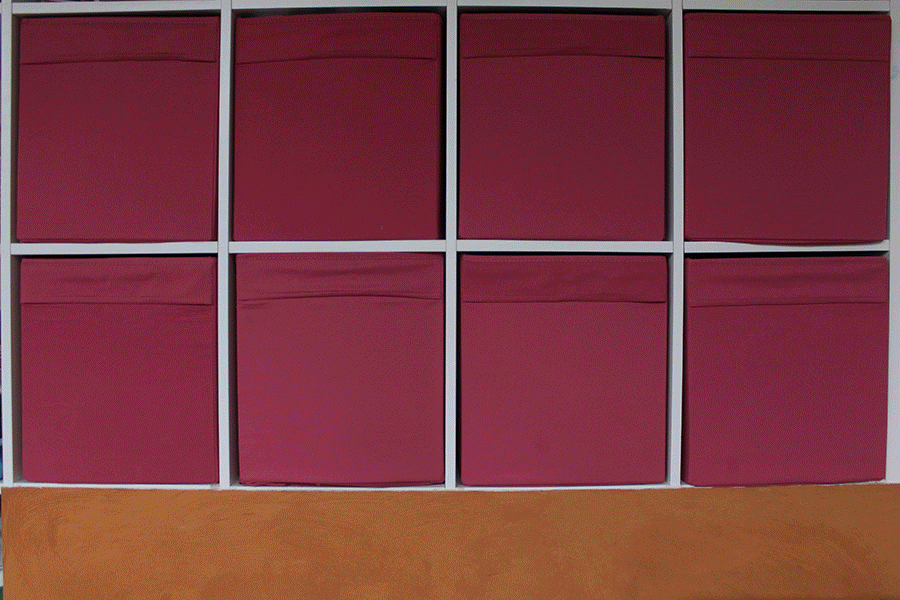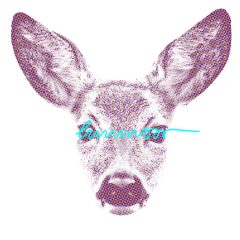
Enter the archive here
Behind this web archive, lies research on and in my own wardrobe.
The research process is summarised on 175 html pages and in 470 images – together with research diary entries, memos, quotations, notes on texts I have read, thoughts that follow on from discussions, questions, reflections – they form the corpus of the archive. The web archive’s structure follows an explorative, associative and non-linear approach to research.
The pages are divided into three sections corresponding to the phases of the research process: Clothes, Bodies and Comfort Zones.
The Clothes section shows the beginning of the research, which includes the inventory of the items of clothing in my wardrobe. The structure of the pages here is based on the categories into which my garments can be sorted, what can be learned from them about origin of ressources, global connections, capitalism, convection size standardisation, production processes and the history of the materiality of the garments, but also my own history and relationships I have with the clothes, from where did I get them and why do I wear them and why not; this raises questions about the body that wears the clothes.
The Body section shows the phase that followed the inventory, in which my own relationship to the objects came to the fore. It illuminates the intersections between clothing and body, and the relationships enclosed in clothing, again starting from one’s own experience of dressing.
Finally, the Comfort Zones address strategies and techniques for appropriating the body and clothes, which above all open up more new themes and questions. I call this section Comfort Zones because it deals with practices in which social as well as individual strategies and norms of body/clothing utilization are revealed: wearing, cutting, sewing, stitching, binding, dyeing, creating, removing, growing, giving colour, giving scent, piercing and stretching skin and flesh, taking shape, (not) revealing...
For me, comfort is primarily to be understood as „fitting_in“ or „passing“, which is a constant process, sometimes painful, sometimes healing, sometimes shameful, sometimes pleasurable. Ultimately, many questions and possibilities for thinking further remain and are still there to be found ...
